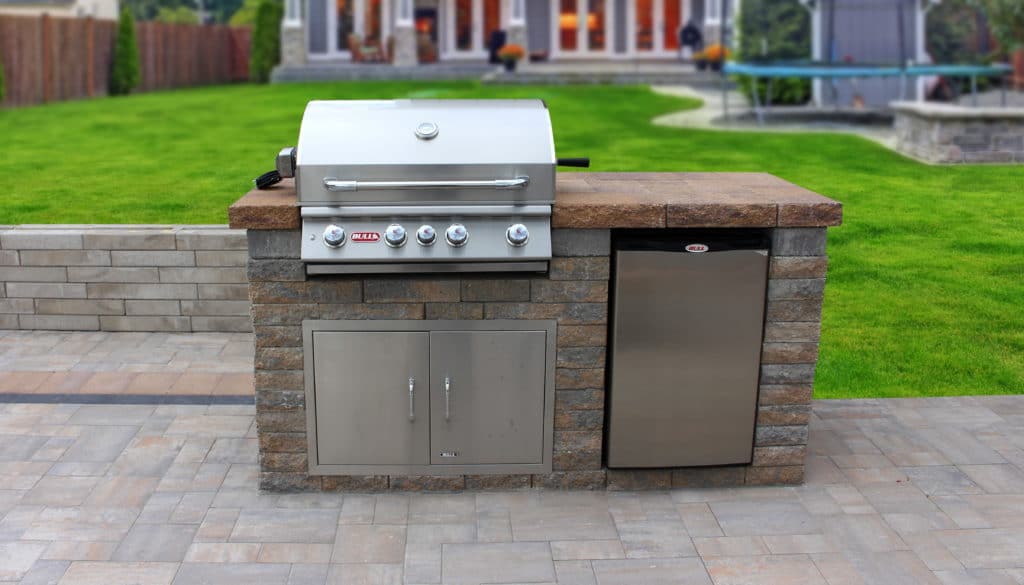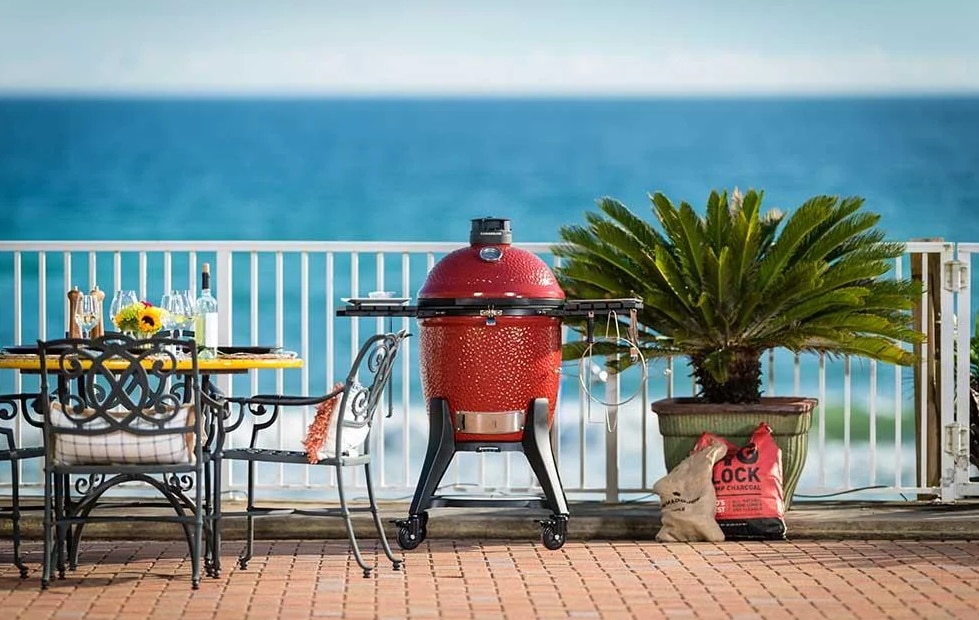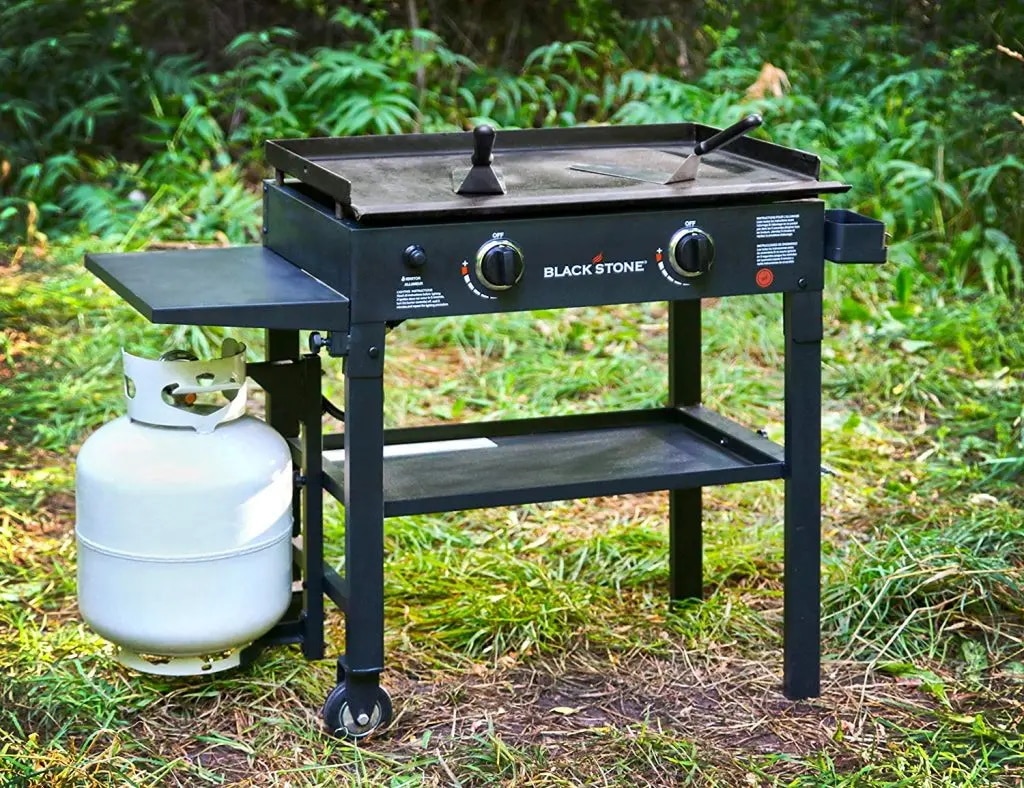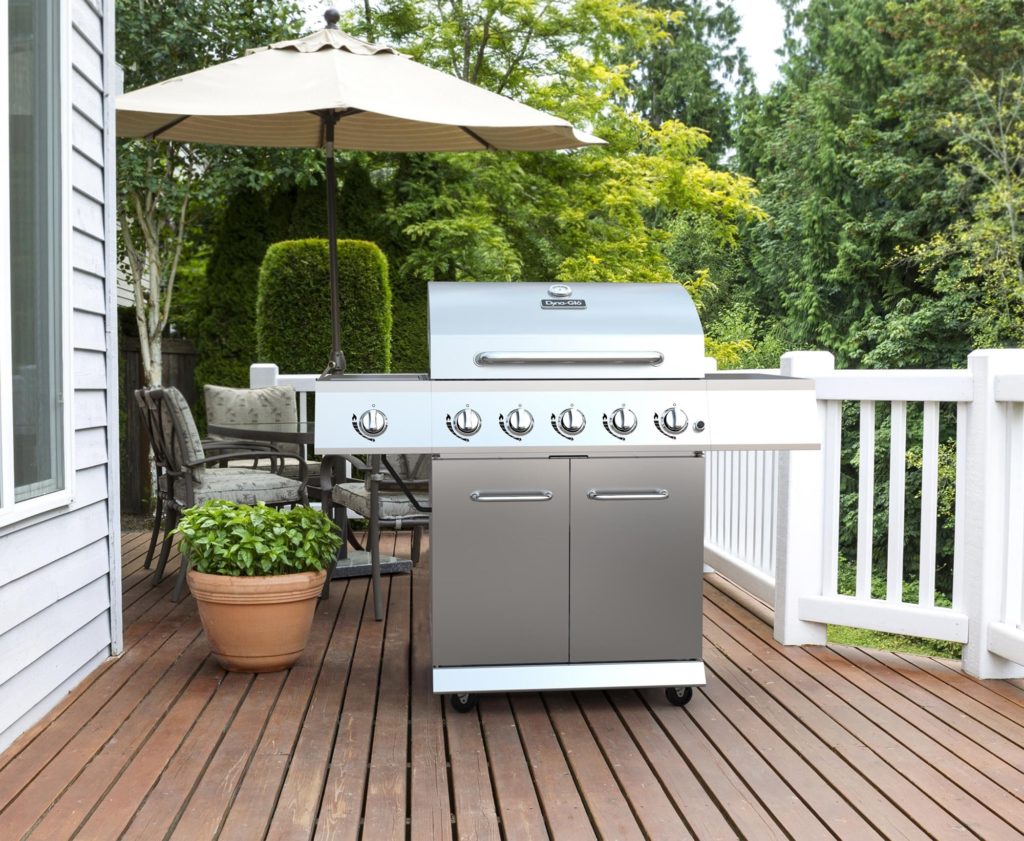

Cleaning your Blackstone griddle may not be as fun as cooking on it or eating food grilled on it, but it is a critical step to ensuring it lasts a lifetime like it’s supposed to. Plus, it’s not so bad once you learn a few guidelines on how to clean a Blackstone griddle.
If you have used and maintained an iron skillet before, then your griddle won’t be much more different. It requires regular cleaning, seasoning, and, in a worst-case scenario, rust removal. You just need to know a few things about what cleaning procedures you need to follow, what cleaning materials you can use, and general maintenance requirements.
This is all you need to know about cleaning and maintaining a Blackstone flat-top grill. It’s technically a griddle if it has a flat top, but who’s asking?
Cleaning your griddle after cooking takes only a few minutes, but it is the key to keeping it shiny and operational. While Blackstone griddles are literally bulletproof, a little neglect can significantly reduce their lifetime.
We have previously discussed the best Blackstone grills. Considering factors such as surface area, heat distribution, and ease of use, we found the Blackstone 2-burner 28-inch griddle station to be one of the best and most popular grills.
Whichever griddle you have, it will easily outlive you if you give it the right amount of TLC. Plus, regular cleaning after cooking ensures that you won’t need to do a lot of the nastier rust cleaning or resurfacing.
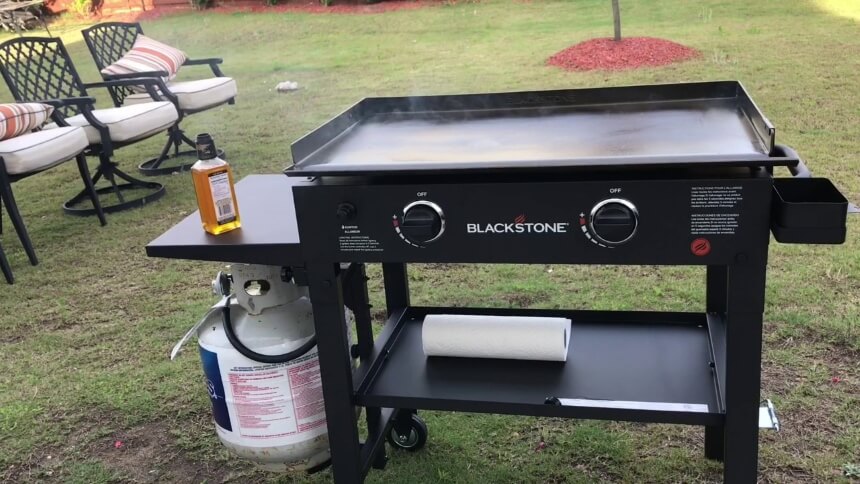
For the long answer, there are actually different types of cleaning that your Blackstone griddle needs.
Please note that Blackstone griddle cleaning procedures will vary slightly depending on the type of grill and the material of the flat top surface. Chrome flat-top grills have a slightly different process, and you can find a mention on how to deal with them in this comprehensive article on how to clean a flat top grill.
There are slightly different ways detailing how to clean a Blackstone grill. There are professional guidelines that come from the manufacturer, but experienced grilling chefs have also shared their expert tips.
While there are no hard rules on griddle cleaning, just remember not to use soap or any harsh chemicals to help preserve the seasoning.
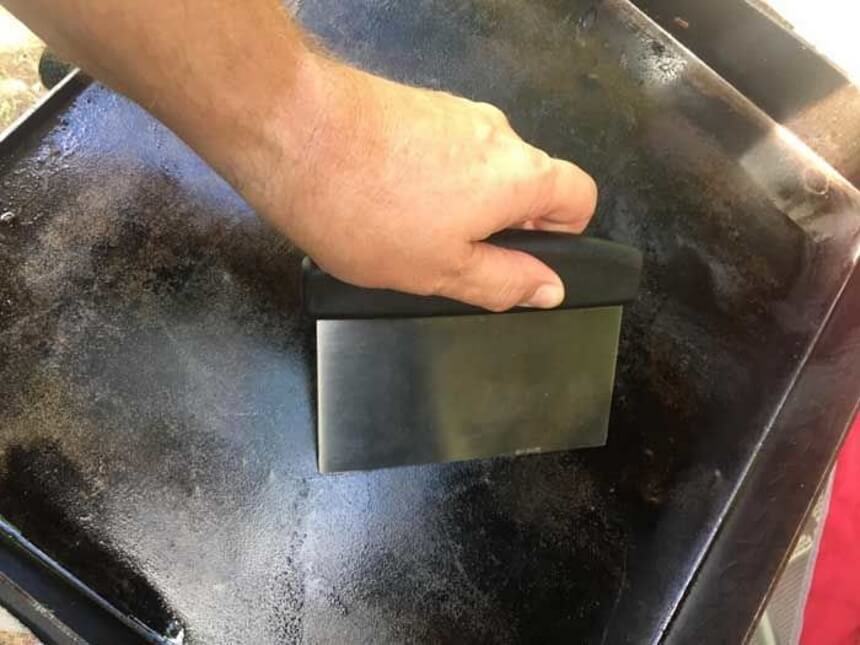
Blackstone has a 5-piece cleaning kit designed for use with Blackstone grills. It comes with 3 scouring pads, a 6-inch stainless steel griddle scraper, and a griddle scrubber handle. As one satisfied customer put it, “product okay, does job.”
Ideally, the cleaning process should start as soon as you are finished with the cooking. Turn off the heat and let the griddle cool down for a bit before you begin cleaning.
Even with regular cleaning, your griddle continues building up layer after layer of leftover oil, seasoning, and other residues. This is not necessarily a bad thing, and a lot of grilling experts prefer their grill like that to preserve the seasoning.
However, too much buildup of fats and sugars can lead to the growth of mold or infuse flavors into your food, which will completely ruin it. Also, you might find that the seasoning starts peeling and the surface becomes sticky, at which point
Blackstone recommends resurfacing the grill
Trusted Source
My griddle top is peeling - Blackstone
Sometimes the seasoning on your griddle top can peel a little. This is usually caused by the seasoning drying up and peeling off, or by using too much water when cleaning your griddle. To be able to fix this, you simply need to scrape off the old seasoning and re-season your griddle top.
To remove the old seasoning, use a metal-edge scraper to scrape off the large bits, and then use oil and griddle stone, steel wool, or even sandpaper to scrub off the old seasoning (similar to our rust removal process). Then scrape off the oil and wipe down the griddle with clean paper towels, finishing with a little water with the paper towels before you re-season the surface.
blackstoneproducts.zendesk.com
.
That is what a deep clean or resurfacing is all about stripping down the seasoning to the bare metal and laying it on again.
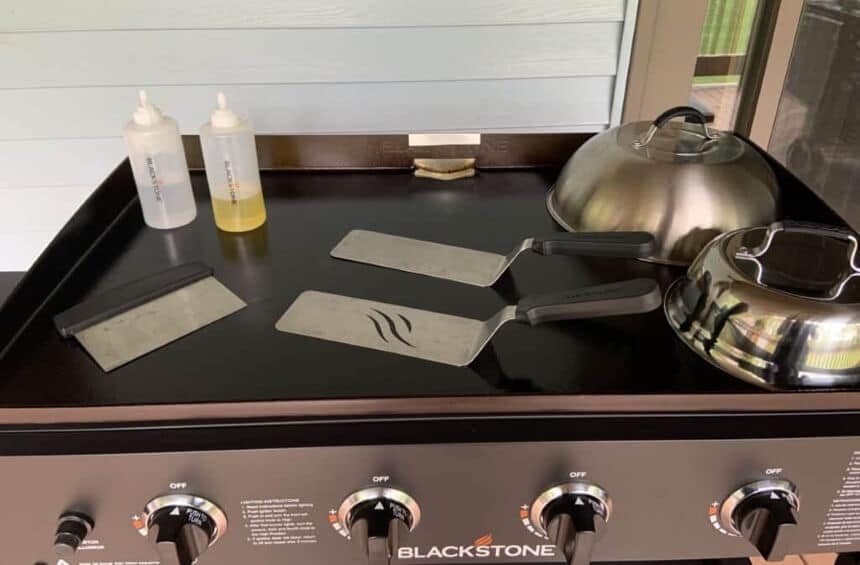
The grill burner tubes that heat up your Blackstone griddle may also need some attention, especially if grease and dead bugs block some of the holes and prevent proper gas flow. For this process, you will need:
It is pretty easy to clean your Blackstone grill burners. Before you start, make sure that the gas is turned off and that the grill is cool to touch.
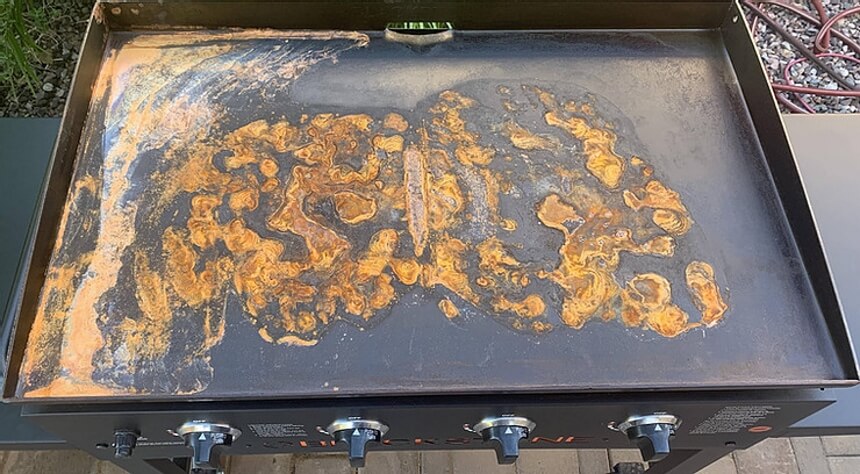
The griddle is even more likely to rust if you live in a humid or coastal area, or if you leave the griddle out in the open without a griddle cover. Luckily, you can always reclaim a rusted griddle top with a few supplies and a lot of patience.
Once your griddle is clean and dry, it is time to season it again.
Seasoning a griddle is a crucial process that creates a protective non-stick layer on the cooking surface. The layer is created from the reaction between hot metal and oil. A properly seasoned griddle has a shiny, smooth black surface.
You need to season your grill surface every time you do a deep clean or after rust removal. Seasoning is easy enough, and all you need is some high-quality cooking oil such as extra-virgin olive oil, flaxseed oil, or canola oil.
If your grill is brand new, remember to wash it with soap and water first, then let it dry completely.
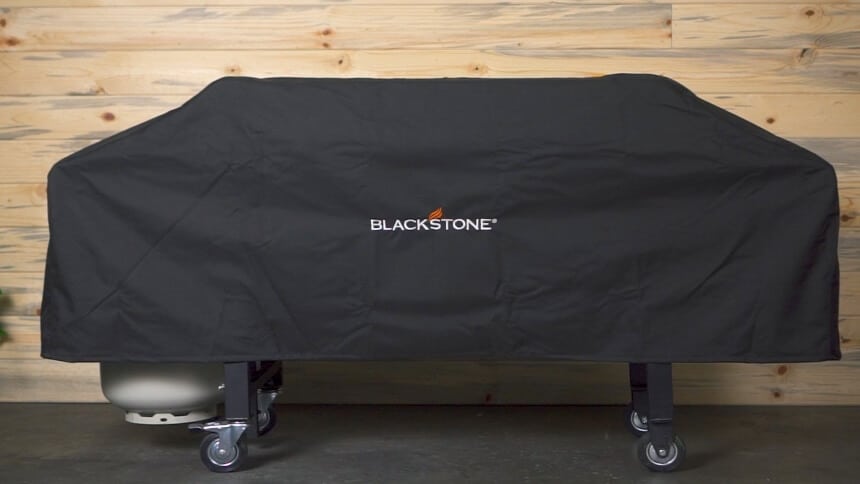
You also need to perform a few other procedures to prevent rust, mold, and other degradation processes as much as processes.
Blacktop griddles are a dream for the cooking enthusiast. However, like all good things, they involve a fair amount of cleaning and maintenance procedures to keep in pristine condition.
Train yourself on how to clean a Blackstone griddle properly and develop a cleaning routine. Be sure to take special care so the seasoning on the cooking surface is always thick and smooth. Of course, the best way to keep the griddle going is to use it often, so don’t keep it in the garage too long!
